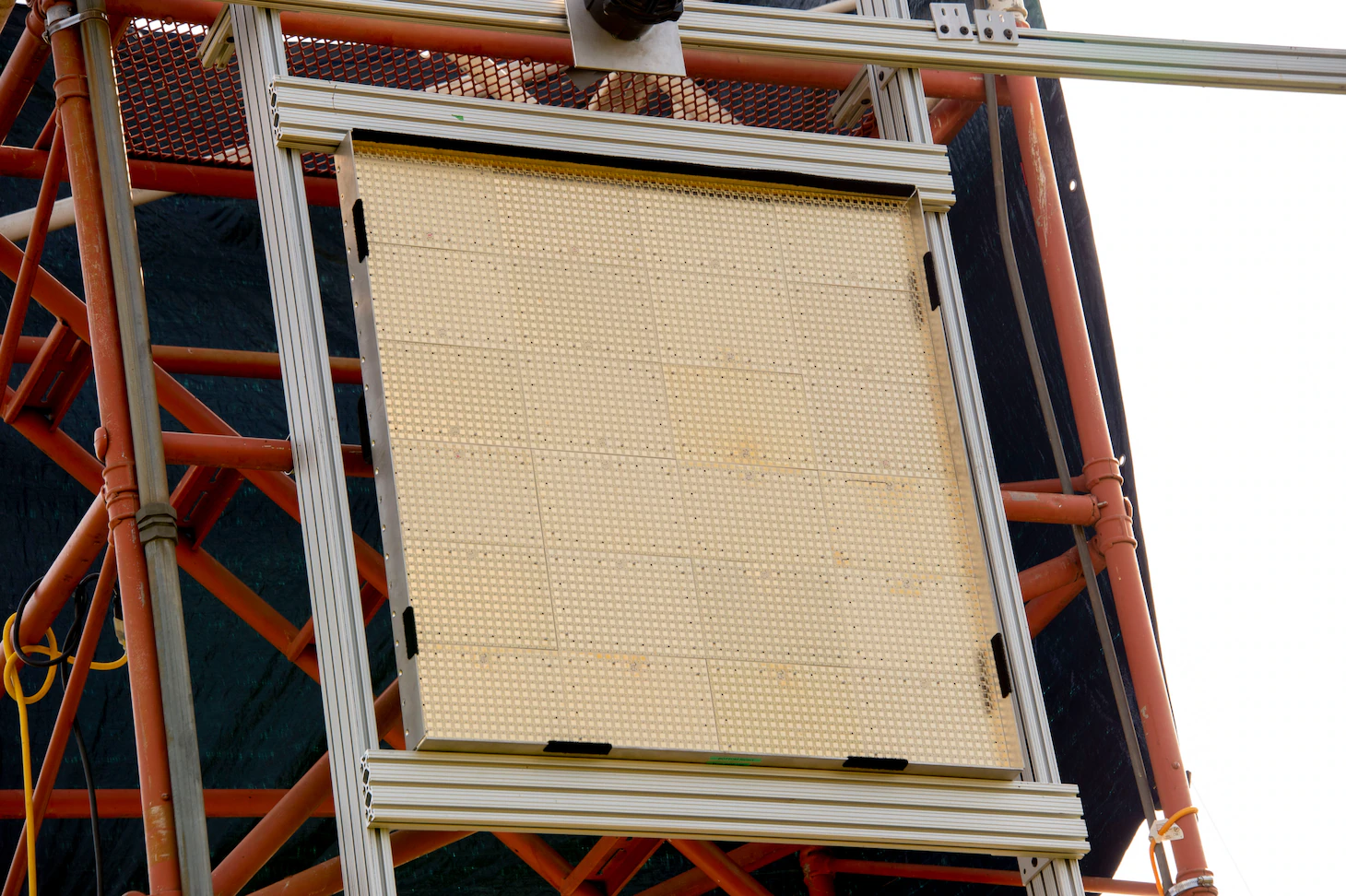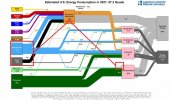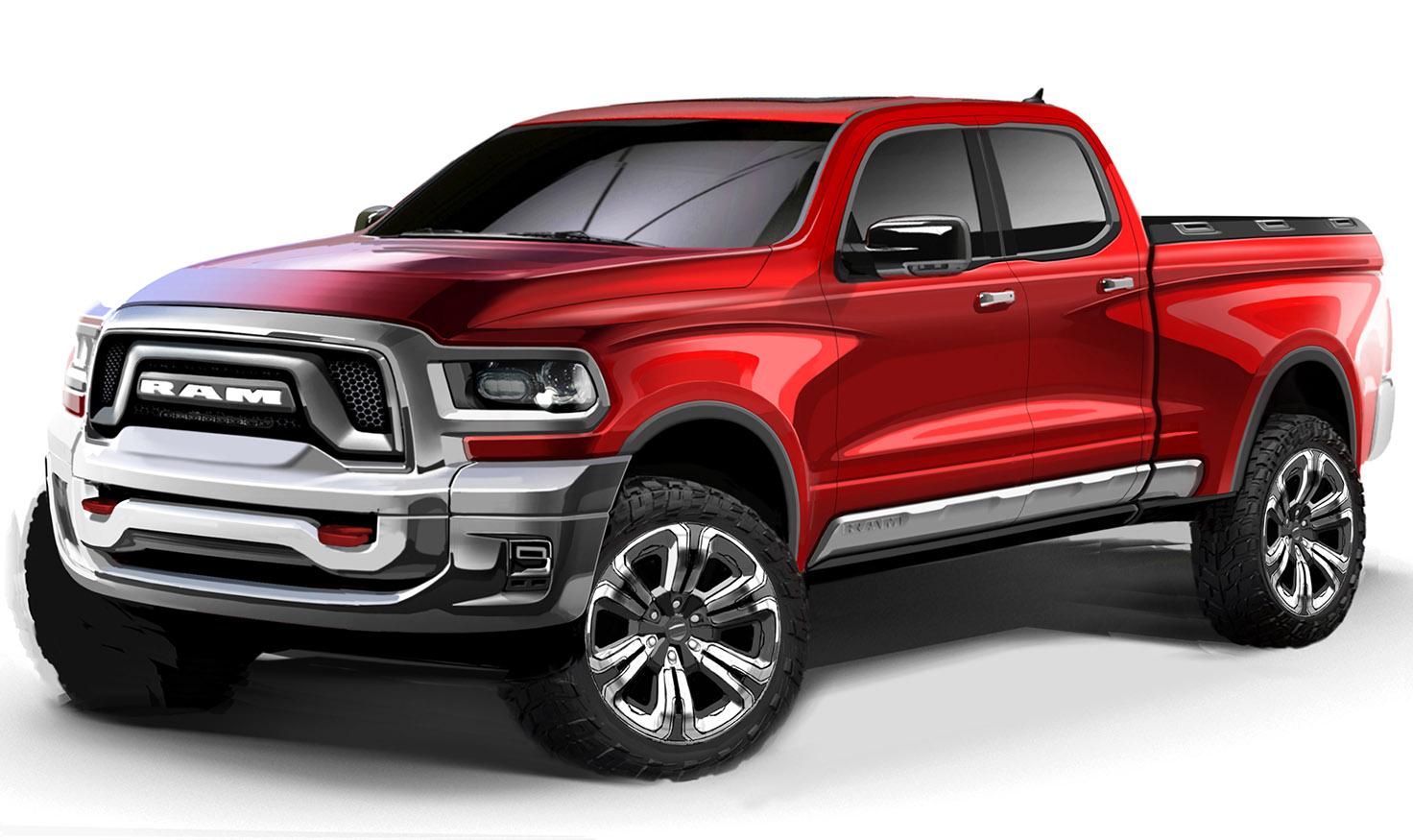eye exaggerate
Active Member
- Joined
- Dec 18, 2021
- Messages
- 181
- Reaction score
- 140
- Points
- 43
- Age
- 52
Eventually they’ll figure air resistance into the equation.
I mean, if I wrangle up 400 horses they will pull me and my wagon 80 mph for 400 miles, yeah? Like, that's how that works, right?The future is horses. Don’t get me wrong, cars have had a good run, but there will never be enough gas stations to sustain them cross country and if my horse needs fuel we’ll just eat the neighbors lawn.
Will supply catch up? I’m skeptical. Specifically, can there be enough battery production capacity to support new vehicles in a 100% EV future, and to replace aged batteries?Chicken and egg problem. As demand increases, so will supply. It will take years and years to cycle hundreds of millions of ICE vehicles out of circulation.
Nissan just announced that they plan to launch a solid-state EV by 2028. Even more impressive, they're already building the pilot production facility, which will be online in 2024. This tech is expected to double the capacity of lithium ion.Will supply catch up? I’m skeptical. Specifically, can there be enough battery production capacity to support new vehicles in a 100% EV future, and to replace aged batteries?
According to one source, total lithium ion capacity in 2018 was 290GWh, and is projected to reach 2,000GWh in 2028.
That 2028 projection is enough battery capacity, if all of it went to EVs, to produce 33 million entry level Telsa Model 3s each year. That sounds like a lot, except it’s half the total number of vehicles sold each year world wide. And it neglects all the other uses of lithium ion batteries, including phones, solar storage, computers, drones, robot vacuums, portable battery packs, and a gazillion other things I’m forgetting.
So, battery capacity would have to more (much more) than double again by 2030, 2035, 2040, or whenever people envision a 100% electric vehicle future.
I don’t think it’s going to happen, ever. I’ll be glad to be proven wrong.
On the other hand, we could have enough capacity to make every single vehicle a hybrid, be it a mild hybrid like eTorque, traditional hybrid like many Priuses, or a plug-in hybrid like 4xe and many others.
I’m not going to mince words: it’s not that I think 100% electric vehicles are stupid, it’s that I think they’re impossible, at least on the 1-3 decade timeline cities, states, and nations are proposing. Time will tell if I’m right or wrong, but meanwhile, we’re wasting time and money (including taxpayers’ money) on unachievable goals to the neglect of achievable goals.
I hope all those pan out, and that I’ll come back to 5thGenRams in a decade or less, seeing a bunch of notifications and messages telling me how wrong I was (hopefully in not-too-unfriendly terms, but I’ll take whatever the crowd decides I deserve)Nissan just announced that they plan to launch a solid-state EV by 2028. Even more impressive, they're already building the pilot production facility, which will be online in 2024. This tech is expected to double the capacity of lithium ion.
In February, a Drexel University team announced a breakthrough in cathode chemistry that will make Lithium-Sulphur batteries viable. This has the potential to triple the capacity of Lithium-Ion.
It would be a mistake to underestimate the pace of battery technology advancement when the demand for it exists. It will likely be exponential.
10 years? We’ll all be buying boxes of electricity by then, it’ll come in packaging similar to that of Beats headphones. See you at the kiosk in the non-mall.I hope all those pan out, and that I’ll come back to 5thGenRams in a decade or less, seeing a bunch of notifications and messages telling me how wrong I was (hopefully in not-too-unfriendly terms, but I’ll take whatever the crowd decides I deserve)
I’m just skeptical, and perhaps cynical, after seeing so many Major Energy Breakthrough headlines, and yet mostly incremental updates in capacity and production. My vast Wikipedia expertise tells me the lithium-ion batteries have been around since the 1960s, and it looks like these things take decades, not years, to commercialize.
But look me up in 2032. Whoever is right can buy the other a beer. Or a maybe gallon of gas.

You know it takes like 40 years for advanced military technology to become mainstrream in the public sector right?It’s things like this that keep me from worrying about EVs in the future.

The US Military's Naval Research Laboratory Transmits Electricity Wirelessly Using Microwaves Over Long Distances - Science News
Washington (USA) Scientists at the NRL (Naval Research Laboratory), a research facility of the United States Marine Corps and the United States Navy,science-news.co
You know it takes like 40 years for advanced military technology to become mainstrream in the public sector right?
And again, the infrastructure for that would take decades to install properly.
Does sound pretty cool though. But maybe that much electricity buzzing through the air on top of everything already buzzing through it might be pushing it.
.
.
That's a purely political posting, not helpful. Yes, some electricity is still produced by burning coal, but most of it is not.
.
One of the very best things about 5thgenrams is that there is very little politicizing, mostly just informative, helpful posts. Please don't ruin it with any more totally unnecessary, inaccurate, purely political postings like that one.
.

Eh. Not really.
Electric generation is ~ 33.7% efficient (12.9/38.2), ICE is about 21% efficient (5.95/28.3).
A Tesla motor is about 93% efficient so really we’d need ~ 6.4 quads of electricity to offset the 5.95 quads from ICEs.
That would equate to ~ 19 quads of additional electricity production depending on the efficiency of the production mix.
Additionally this is consumption as how big the bucket is at the end of the year. This doesn’t speak to how fast you can fill the bucket.
During the summer when millions of people run their A/C there is a lot more power generated on the grid than in the winter. In the same way peak/non-peak demand has huge kW swings. Given your average 2.5ton A/C unit pulls about 2.5kW at peak load and a Tesla can charge at around 10kW, you could realistically say that the grid can support 1 Tesla for every 4 households the way it current stands assuming you charge overnight.


 5thgenrams.com
5thgenrams.com
